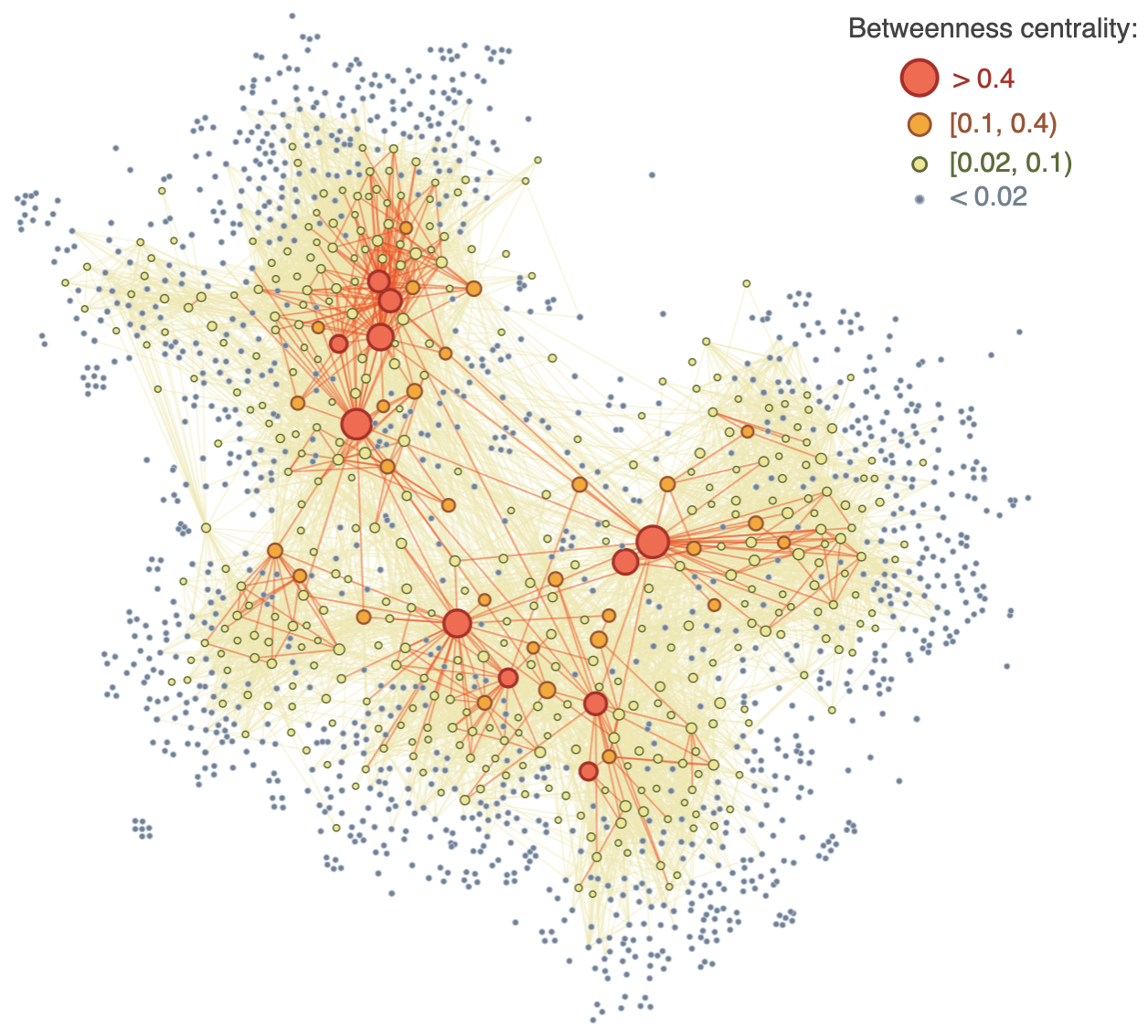Yessica Herrera: building an academic career across science, art, and communication
Yessica Herrera attributes her experience at Science Gallery as essential in shaping her research career
Yessica Herrera presenting her research during the Future Faculty Workshop at the University of Notre Dame, 2025
Yessica Herrera’s curiosity has spanned multiple disciplines, cultures, and diverse ways of understanding the world. Trained as a biological chemist in Mexico, she has built a career that weaves scientific research, communication, and visual storytelling through media and the arts.
Navigating a practice at the intersection of science, art, and communication often comes with challenges, particularly due to limited institutional support for interdisciplinary projects. Her ambition to grow led to an invitation to contribute to the research and teaching agenda at Dublin City University. It was there, while exploring artistic and scientific production beyond the university and at the heart of Irish culture, that she stumbled upon Science Gallery.
Impact of Science Gallery
Science Gallery transformed Yessica’s vision of the role of science in society. It introduced her to new formats that allow science to embrace complexity, aesthetics, and public engagement. She recalls the lasting impression of Epidemic Event Horizon, an interactive installation by physicist Dirk Brockmann, presented in In Case of Emergency at Science Gallery Dublin in 2017. The work allowed visitors to simulate the outbreak of an infectious disease and visualise its likely spread through global air travel. A conversation with engineer and STEAM specialist Niamh Shaw also inspired her never to forget her dreams.
At the time, she was applying to the doctoral programme in Social Complexity at Universidad del Desarrollo in Chile. For her admission test, she presented a research proposal to investigate the factors of happiness and their effects on prosocial behaviour. Inspired by the mission of Science Gallery, she argued for the benefits of using art and science creatively to ignite curiosity and discovery. One of her applied examples was an adaptation of The Situation Room, a team activity from the Gallery. Yessica reimagined it as an experimental setting to quantify how fast-paced decision-making and social connections shape collective well-being in critical scenarios.
“Science Gallery reminded me that human creativity can embrace both science and art”
Yessica set out to design an experimental framework that stepped outside traditional academic formats. She wanted to demonstrate how scientists can gain valuable insights into human behaviour through informal, participatory experiences, such as those found at Science Gallery. Her proposal also hoped to challenge the evaluators, encouraging them to engage with artistic expression and interdisciplinary exploration as broader dimensions of human creativity that are often overlooked in scientific contexts.
Despite the highly competitive nature of the program, with an acceptance rate of about 7%, she was admitted with a full scholarship. Since beginning her PhD, Yessica has pursued numerous professional opportunities and credits Science Gallery for inspiring her academic career at the intersection of science and art.
Future of ‘Idea Colliders’
Now based in the United States, Yessica continues to carry the ethos of the Science Gallery into her work. She works as a researcher at the Barabási Lab at Northeastern University, where she specialises in quantifying the power of network connections that shape creative ecosystems, especially in the arts, dance, and large museum institutions, using behavioural science, computational social science, network analysis, and AI.
Network centrality backbone of U.S. ballet academies. From Quantifying hierarchy and prestige in US ballet academies as social predictors of career success by Yessica Herrera-Guzmán, Alexander J. Gates, Cristian Candia, and Albert-László Barabási, Scientific Reports, 13, 18594 (2023). © Springer Nature.
She draws on the concept of ‘idea colliders’, introduced by Science Gallery founder Michael John Gorman, to describe those key innovators that bring science and art together to address research questions more aligned with societal needs.
Yessica has presented her work at several academic conferences focused on the social complexity of art. She was part of the inaugural cohort of the Data Art Symposium at Harvard University. This event brings together artists, designers, curators, scientists, and technologists to discuss the future of data as a medium of creative expression.
Compiled by Science Gallery International (2025)


